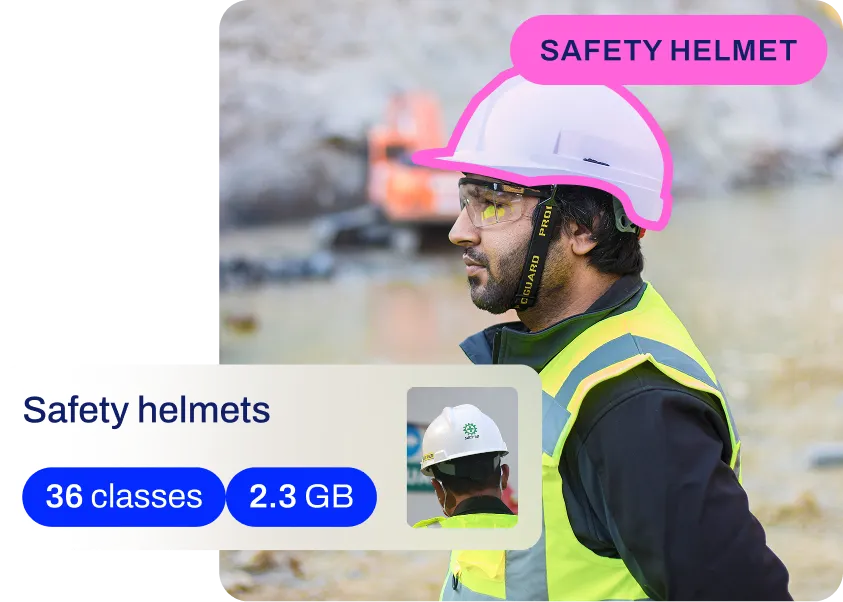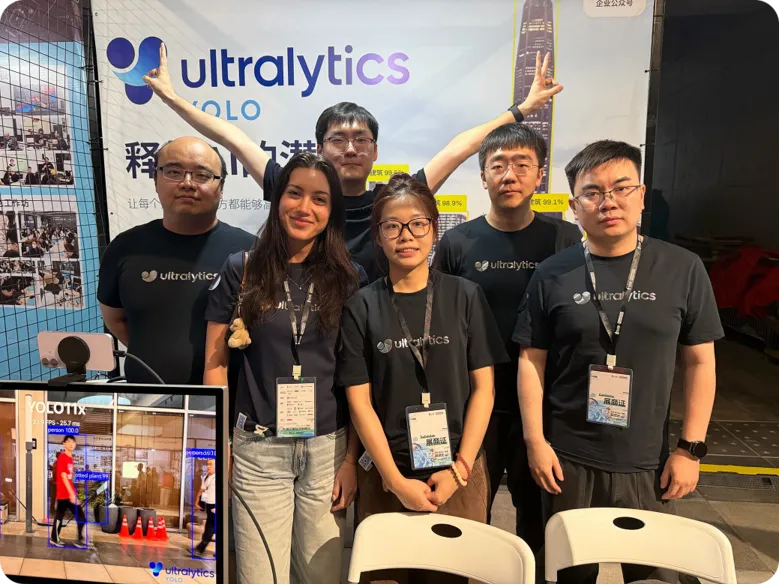Prompt Tuning
Optimize large language models efficiently with Prompt Tuning—reduce costs, save resources, and achieve task-specific adaptability effortlessly.
Prompt tuning is a strategy for adapting pre-trained
foundation models to specific downstream tasks
without the computational expense of retraining the entire network. As a form of
Parameter-Efficient Fine-Tuning (PEFT), this technique freezes the massive parameters of the original model and optimizes only a small set of learnable
vectors known as "soft prompts." Unlike the human-readable text used in
prompt engineering, soft prompts are numerical
embeddings that are prepended to the input data. These
learned vectors guide the frozen model to generate the desired output, significantly reducing the storage and memory
requirements compared to full model training. This approach
makes it possible to serve many different specialized tasks using a single, shared core model.
How Prompt Tuning Works
The mechanism behind prompt tuning relies on the concept of modifying the input rather than the model architecture. In
a typical machine learning (ML) workflow
involving Large Language Models (LLMs) or
Vision Language Models, the input text or image is converted into a sequence of numerical vectors. In prompt tuning, additional trainable
vectors (the soft prompt) are inserted at the beginning of this sequence.
During the backpropagation phase of training, the
gradient descent algorithm updates only these new
vectors, leaving the billions of model weights in the
backbone untouched. This method was highlighted in research by
Google AI, demonstrating
that as models grow larger, prompt tuning can match the performance of full fine-tuning.
Real-World Applications
Prompt tuning is transforming industries by making advanced
Artificial Intelligence (AI) more
accessible and scalable.
-
Personalized Customer Support: Large enterprises often need to deploy
chatbots for various departments (e.g., billing,
technical support, sales). Instead of hosting separate large models for each function, they can use one frozen
GPT-4 style model and switch between lightweight soft
prompts trained on department-specific
knowledge bases. This reduces
inference latency and infrastructure costs.
-
Specialized Medical Analysis: In
AI in healthcare, privacy and data scarcity are
challenges. Hospitals can take a general-purpose
medical image analysis model and train
small soft prompts for specific conditions like rare tumors. This ensures the core model's general diagnostic
capabilities are preserved while adapting to niche tasks, utilizing
transfer learning principles efficiently.
Differentiating Prompt Tuning from Related Terms
It is crucial to distinguish prompt tuning from similar adaptation techniques:
-
Prompt Engineering: This involves manually crafting text inputs (hard prompts) to guide a model. It requires no training or parameter
updates. In contrast, prompt tuning is an automated process that learns optimal numerical embeddings via
supervised learning.
-
Fine-Tuning: Traditional fine-tuning updates all or most of the model's parameters, requiring a copy of the model for every
task. Prompt tuning keeps the backbone frozen, saving
storage.
-
LoRA (Low-Rank Adaptation): While both are PEFT methods, LoRA injects trainable low-rank matrices into the model's internal layers (often the
attention mechanism), whereas prompt tuning
focuses exclusively on the input embedding layer.
Implementation Concept
While prompt tuning is most famous in
Natural Language Processing (NLP),
the underlying mechanical concept—freezing a large backbone and optimizing a small tensor—is universal in
Deep Learning (DL). The following
PyTorch snippet demonstrates the fundamental logic of
freezing model parameters and creating a learnable prompt parameter.
import torch
import torch.nn as nn
# Initialize a hypothetical pre-trained layer (the frozen backbone)
backbone = nn.Linear(768, 10)
# Freeze the backbone parameters so they don't update during training
for param in backbone.parameters():
param.requires_grad = False
# Create a 'soft prompt' embedding that IS trainable
# This represents the learnable vectors prepended to inputs
soft_prompt = nn.Parameter(torch.randn(1, 768), requires_grad=True)
# Setup an optimizer that only targets the soft prompt
optimizer = torch.optim.Adam([soft_prompt], lr=0.001)
This code illustrates how developers can control which parts of a system learn, a key aspect of optimizing
neural networks. For standard computer vision
tasks, efficient models like Ultralytics YOLO11 are
typically trained using standard fine-tuning on custom datasets,
but the principles of efficiency drive the development of future architectures like
YOLO26.
Relevance to Computer Vision
Prompt tuning is becoming increasingly relevant in
Computer Vision (CV) with the rise of
multi-modal models such as
CLIP. Researchers are
exploring "Visual Prompt Tuning" where learnable pixel patches or tokens are added to input images to adapt
vision transformers to new object detection tasks
without retraining the heavy feature extractors. This mirrors the efficiency gains seen in language models and aligns
with the industry trend toward
Green AI by
minimizing energy consumption during training.












